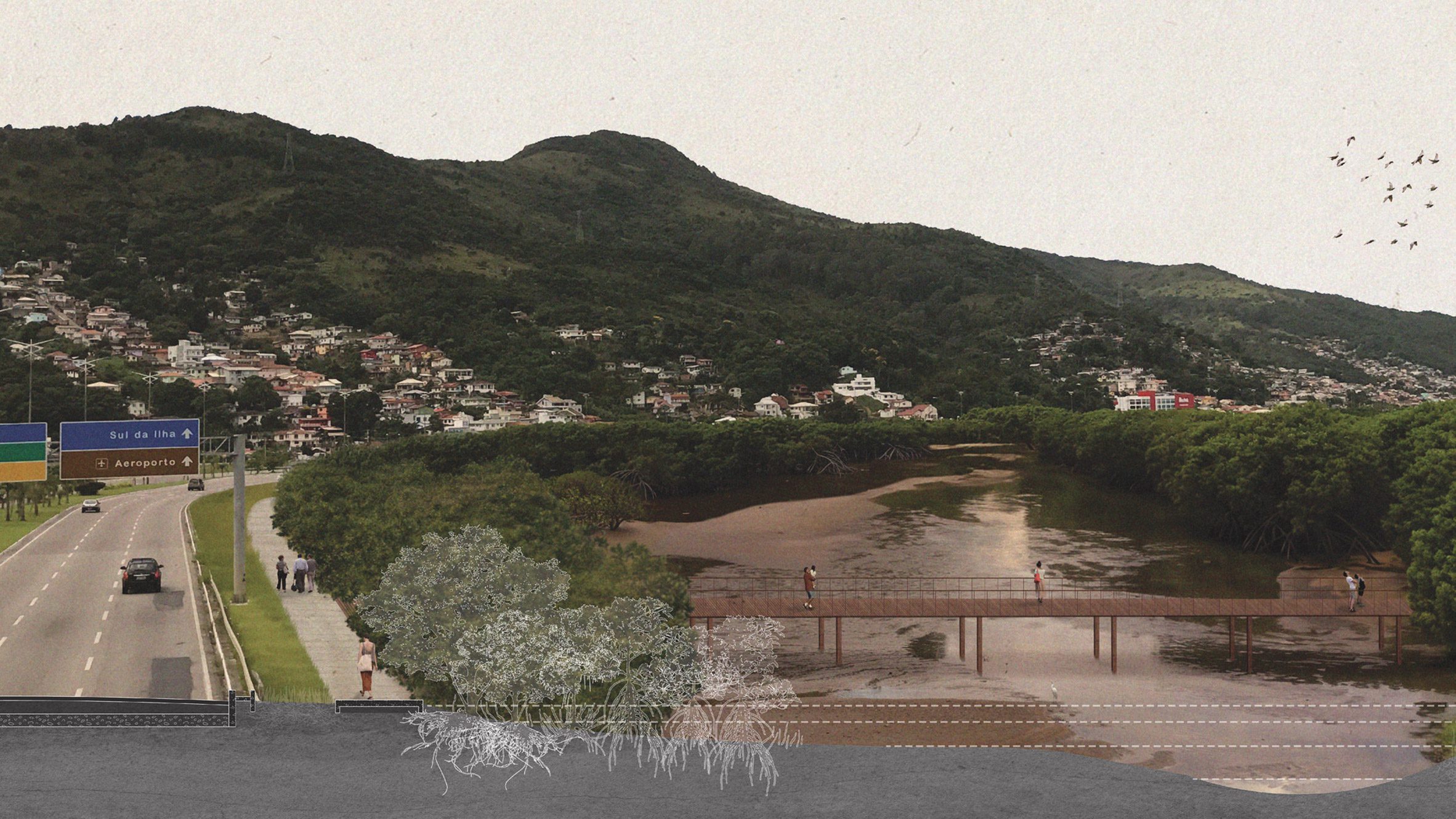earthquake resilience in urban design
In urban design, resilience is crucial—particularly in areas vulnerable to earthquakes. Turkey, with its shared history of seismic events, faces a multitude of obstacles. However, rather than only addressing existing issues, designers are now concentrating on how to avert them in the first place. The emphasis is on constructing cities that can absorb seismic shocks and recover swiftly with minimal harm.
Essential strategies encompass the use of adaptable building materials, decentralized infrastructure, and public spaces that can serve as emergency shelters. Imagine designing a city that can flex with the tremors rather than succumb to them. These design philosophies prioritize the safety of buildings and the protection of the residents and communities within them.
Urban planners are also re-envisioning the incorporation of green spaces and water management systems into their plans. These elements enhance a city’s aesthetic while helping to mitigate the effects of floods and landslides that frequently follow earthquakes. It’s a comprehensive design strategy focused equally on sustainability and survival.
Integrating these concepts into urban planning is no longer merely a luxury—it’s rapidly becoming essential, particularly in areas like Turkey, where the occurrence of the next major quake is anticipated, not questioned.
Innovative responses from the university of Toronto students
Students from the University of Toronto have embraced this challenge, leveraging their design expertise to devise innovative answers specifically suited to Turkey’s distinct seismic environment. Their initiative transcends merely retrofitting existing buildings or reinforcing structures—it’s about rethinking entire urban frameworks for enhanced adaptability and resilience against earthquakes.
A notable concept is the implementation of modular, flexible housing units that can be assembled and disassembled swiftly. These designs are engineered not only to endure tremors but also to be easily relocated in the event of aftershocks or geological movements. It’s akin to endowing a city with the capacity to ‘go with the flow,’ shifting and adjusting as required without sacrificing safety or comfort.
Another significant innovation involves the creation of community hubs that function as emergency response centres. These hubs are intentionally situated across urban locales, guaranteeing that regardless of where individuals are when a disaster occurs, they can access safe zones stocked with medical supplies, food, and communication resources. This practical strategy addresses the immediate requirements of a post-earthquake situation while nurturing community resilience.
The students also investigated the integration of smart technology to monitor structural integrity in real-time. Sensors embedded within buildings and infrastructure can detect even minor shifts in the earth, providing early alerts that facilitate quick evacuations or reinforcements. It’s similar to having a city-wide nervous system, perpetually vigilant and prepared to respond at the first sign of danger.
These initiatives aren’t just theoretical musings. The team has already trialled some concepts using scale models and simulations, demonstrating that their designs can withstand the challenges posed by real-world scenarios. It’s an audacious, progressive strategy that could potentially establish a benchmark for earthquake-affected areas worldwide.
